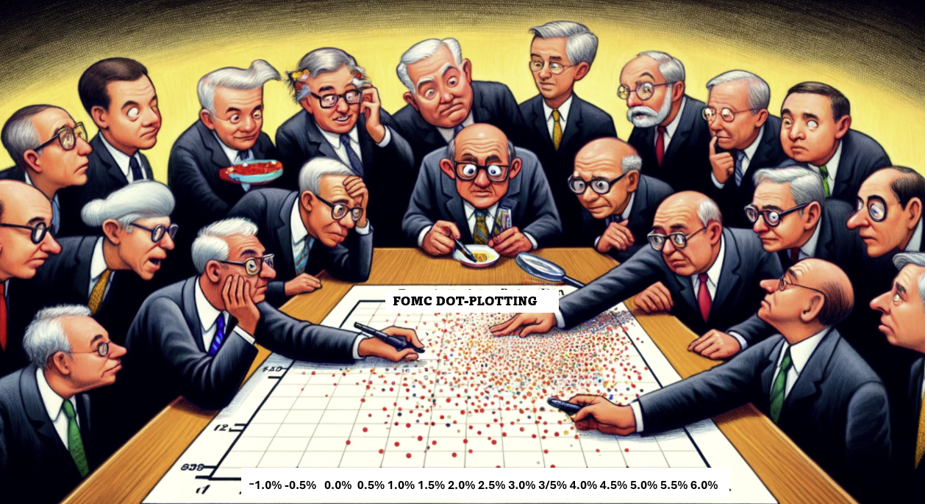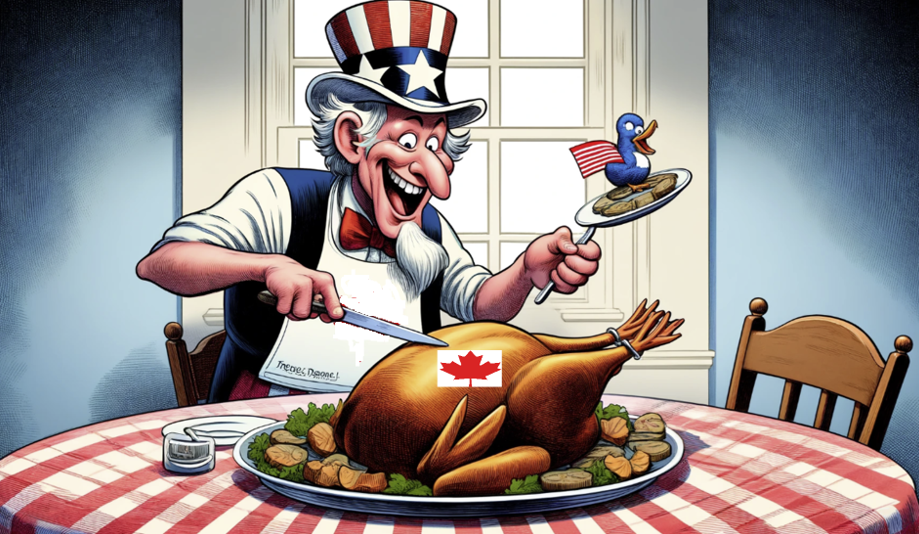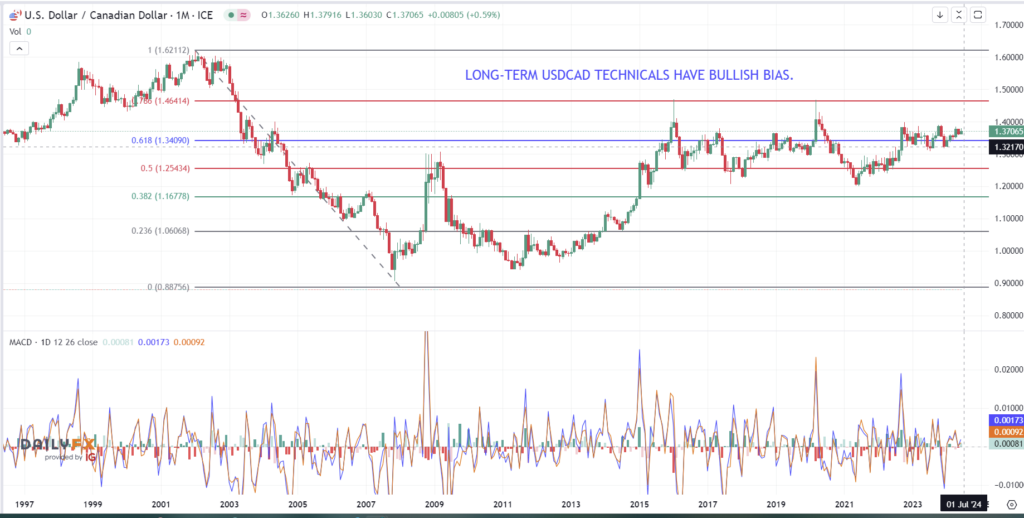
By Michael O’Neill
The dots have spoken. The FOMC is projecting just one rate cut in 2024 and sticking to their “we must be patient” mantra. As usual, Mr. Powell cautioned markets to not read “forecast” into dot-plot projections, but markets mostly ignored him. The US 10-year yield popped to 4.33% from 4.20% and the US dollar recouped some of its pre-FOMC losses.
The Fed surprised no one when they left rates unchanged at 5.25%-5.25%, an obvious sign that they were underwhelmed by the modest improvement in May inflation data. The statement reiterated that rates would not be reduced until the Committee “has gained greater confidence that inflation is moving sustainably toward 2 percent.”
The June 12 FOMC meeting did not resolve anything. The market does not have any better idea of the date of the first rate cut, and according to Mr. Powell, neither does he or the FOMC policymakers. That suggests an early start to summer markets and plenty of volatility around top-tier economic releases.
It is not “All Quiet on the Western, Middle Eastern, or Asian Front.”
Global markets seem to view escalating geopolitical tensions as mostly a distraction rather than something to fear, especially equity traders. Taiwan has been almost continually harassed by the People’s Republic of China. The PRC air force invades Taiwanese airspace like clockwork. China’s navy is forever harassing shipping in and around the island, but equity traders do not care. The Taiwan Stock Market (TWSE) has risen 23% year-to-date..
Israel was attacked by Palestinian/Hamas terrorists on October 7. In addition, Hezbollah, the unofficial rulers of Lebanon, constantly fire missiles at Jewish towns and infrastructure, but not into the Israel Stock Exchange, as it has gained 4.5% year-to-date.
The G-7 will be taking China to task for aiding and abetting Russia’s war with Ukraine at the Leaders meeting in Italy that begins on June 13. China won’t care, and neither will global markets. Traders only have eyes for the Fed.
Greenback has Roast Loonie on the Menu

The Canadian dollar got a reprieve after US inflation eased a tad in May. Year-over-year CPI ticked down to 3.3% from 3.4%, while the Core CPI index rose 0.2% m/m, a tick lower than in April. USDCAD plunged from 1.3745 just prior to the release to 1.3680 by lunchtime, due to broad-based US dollar weakness against the majors. The June 12 FOMC meeting proved that the move was an anomaly. Mr. Powell and company plan to leave interest rates in restrictive territory for most of the year, which contrasts with market expectations for the Bank of Canada to cut interest rates again in July. That leaves a very bullish outlook for USDCAD.
Fundamentals
- Stronger US Economic Growth: The US has shown a more robust GDP growth recovery compared to Canada.
- Lower Debt Levels in the US: The lower household debt service ratio in the US indicates less financial strain on consumers, which can lead to sustained consumer spending and economic growth.
- Stronger US Labor Market: Lower unemployment rates and a stronger labor market in the US suggest a healthier economy. A strong labor market can lead to higher wages and increased spending.
- Potential Canadian Economic Weakness: Higher unemployment rates, decreasing job vacancies, and increasing continuing claims in Canada point to potential economic weaknesses.
Note: Economic data from JPMorgan Chase
Inflation Performance is the Wild Card
Canada is winning the “Tame Inflation Sweepstakes,” which is a two-horse race between the Bank of Canada and the Fed. Canadian inflation is already inside the BoC’s mandated 1.0-3.0% range, but at 2.7%, still above the 2.0% target. The Fed has a 2.0% target but managed to garner some wiggle room in 2020 when the Fed adopted the Flexible Average Inflation Targeting (FAIT) framework. The 2.0% target became a 2.0% average over time, which is a much easier target to hit because “time” is not defined. Logically, FAIT implies that since US CPI has been above the Fed’s 2.0% target for the past three years, it may need to be below 2.0% for three years before it reaches its 2.0% average over time. And if that were true, the first Fed rate cut would be sometime in 2027. Fortunately, logic has no place in Central Bank deliberations.
Technicals
The long-term USDCAD technicals suggest a bullish bias while trading above 1.3400, which is the 61.8% Fibonacci retracement level of the entire 2002-2007 trading range. That level was smashed in 2016 and again in March 2020. Both times after breaching 1.3400, USDCAD rallied to 1.4640. History loves to repeat.
And as the dot-plot thickens, the Loonie becomes sticken.

Source: DailyFX





